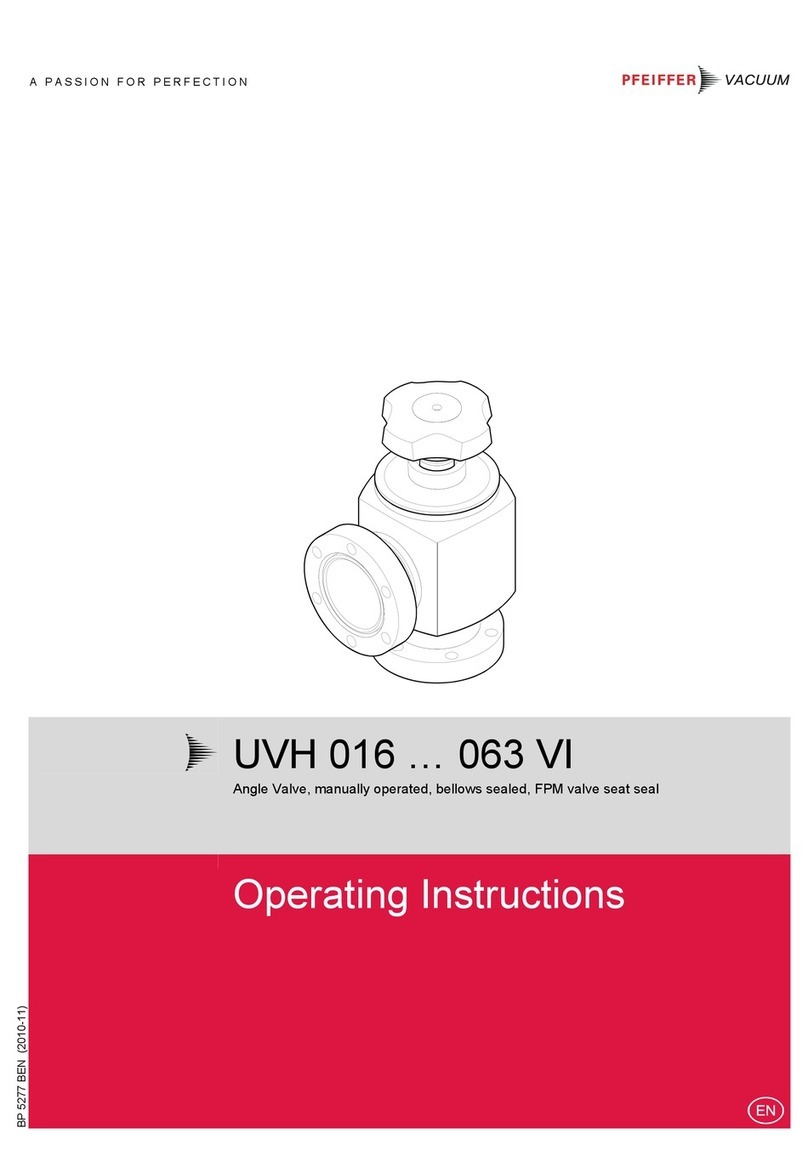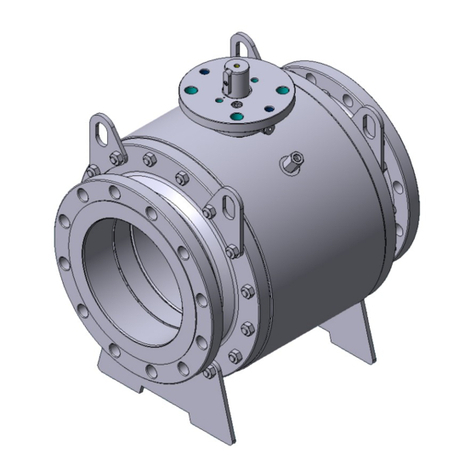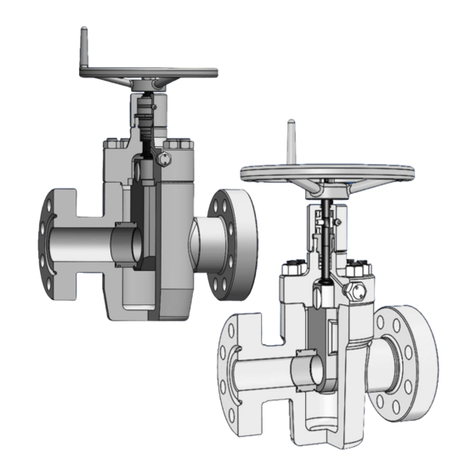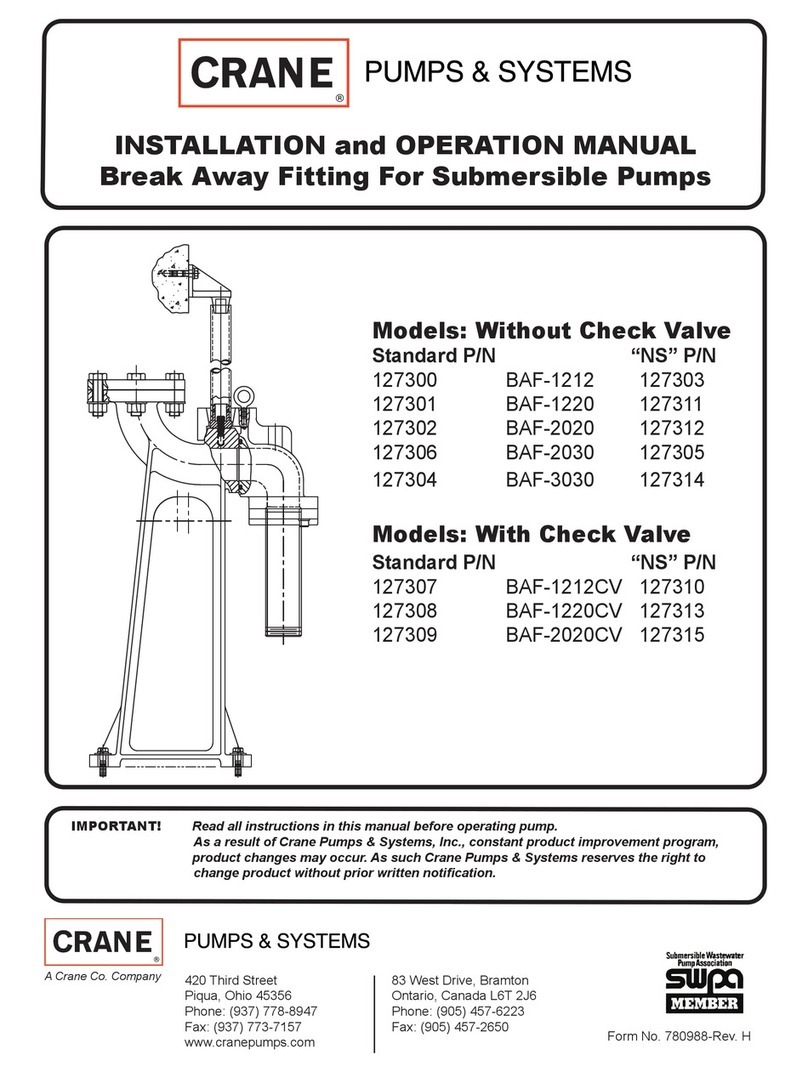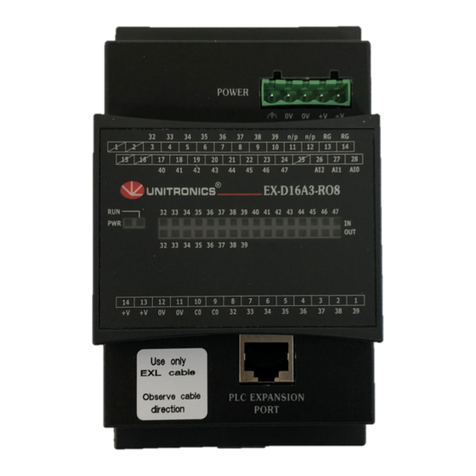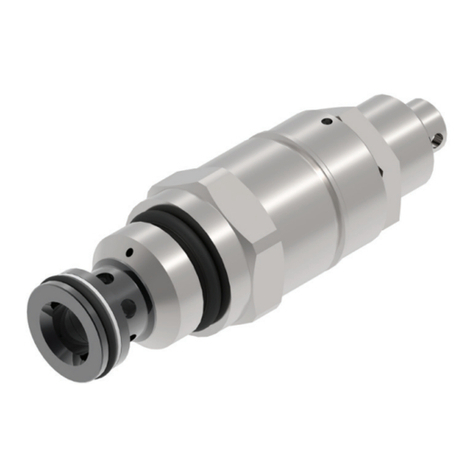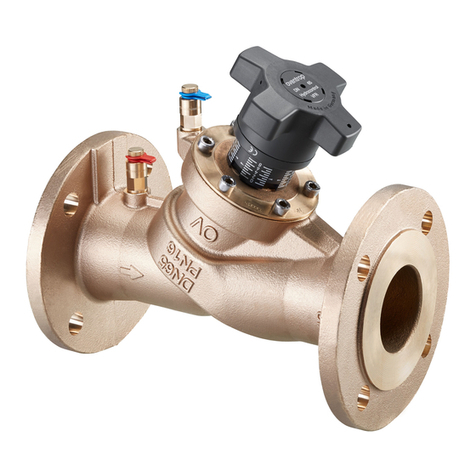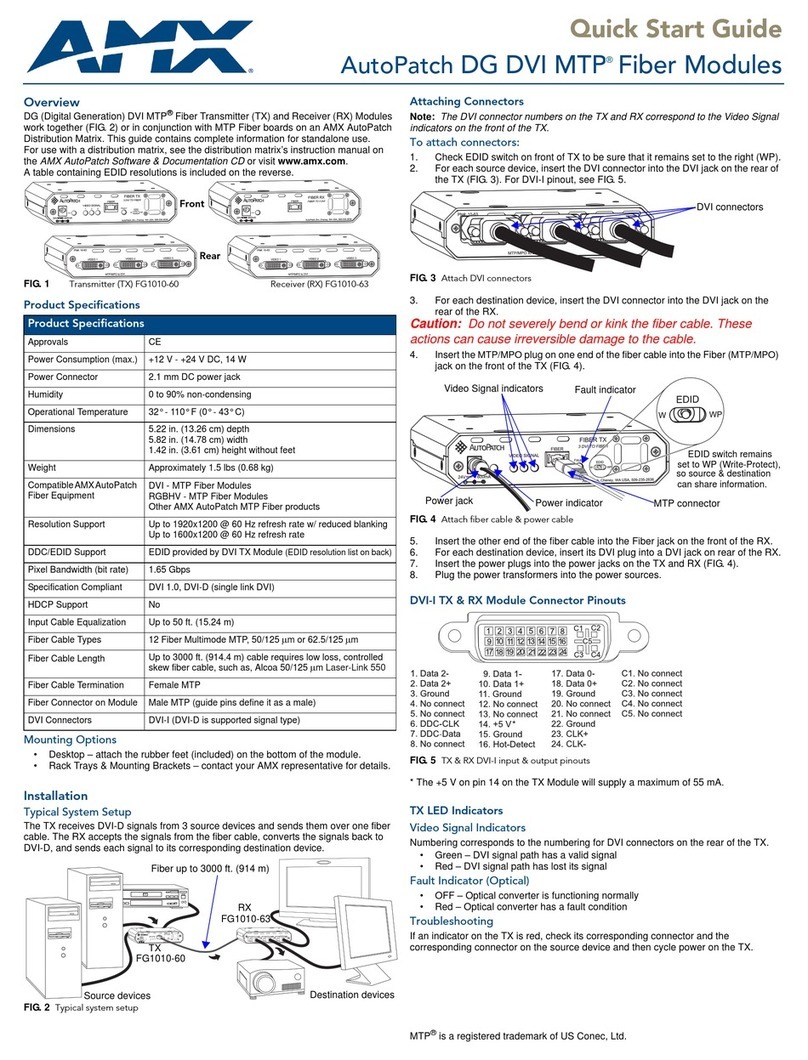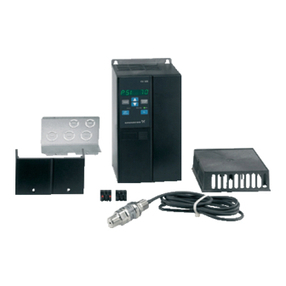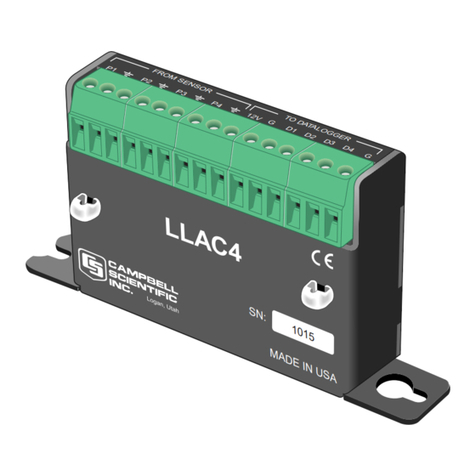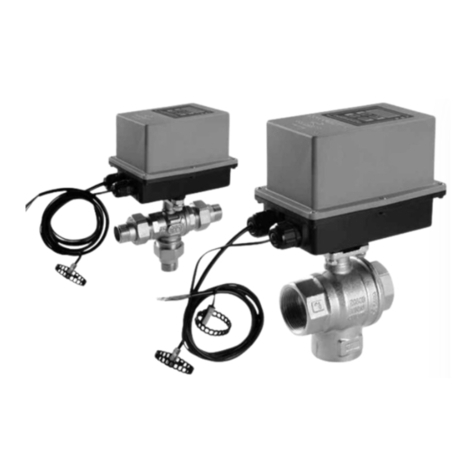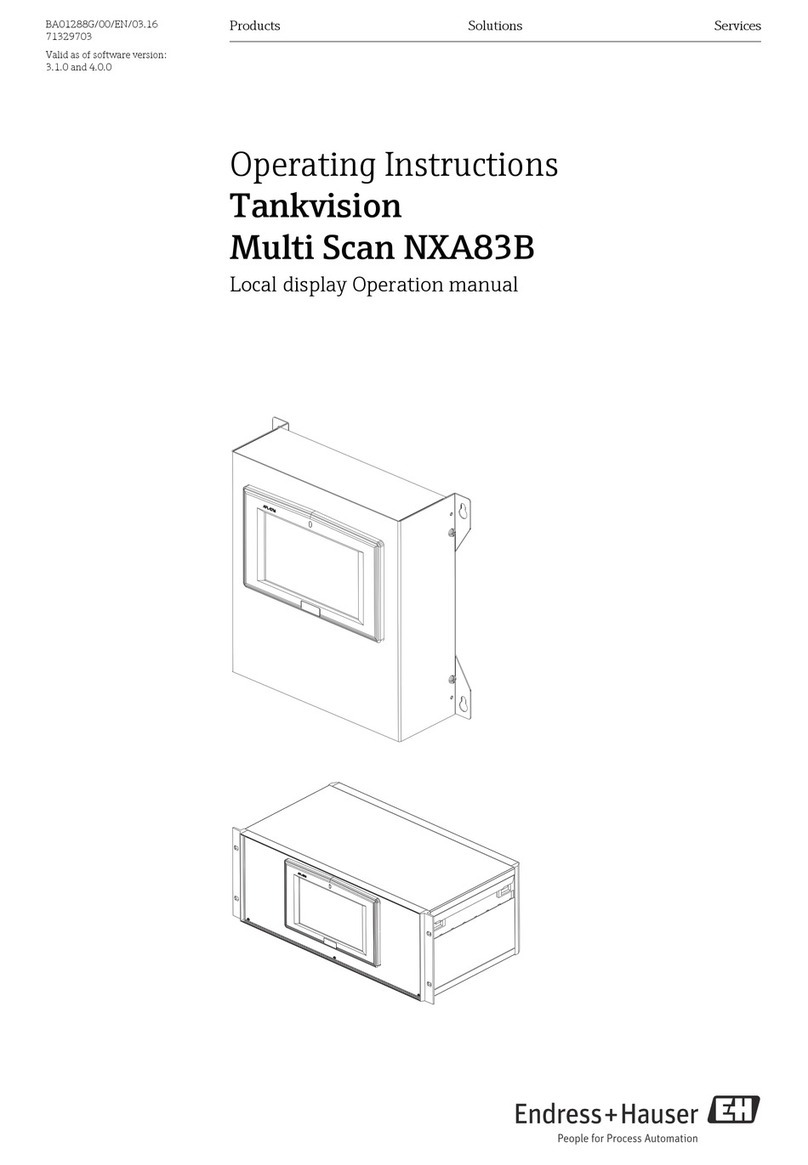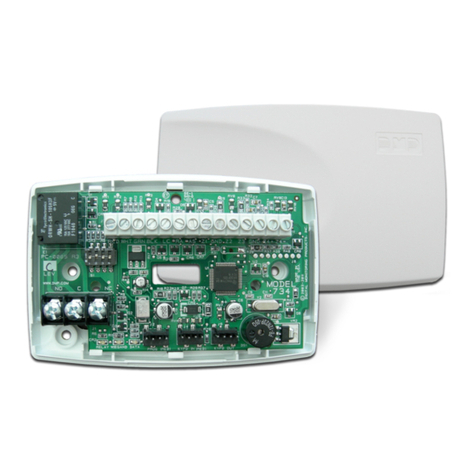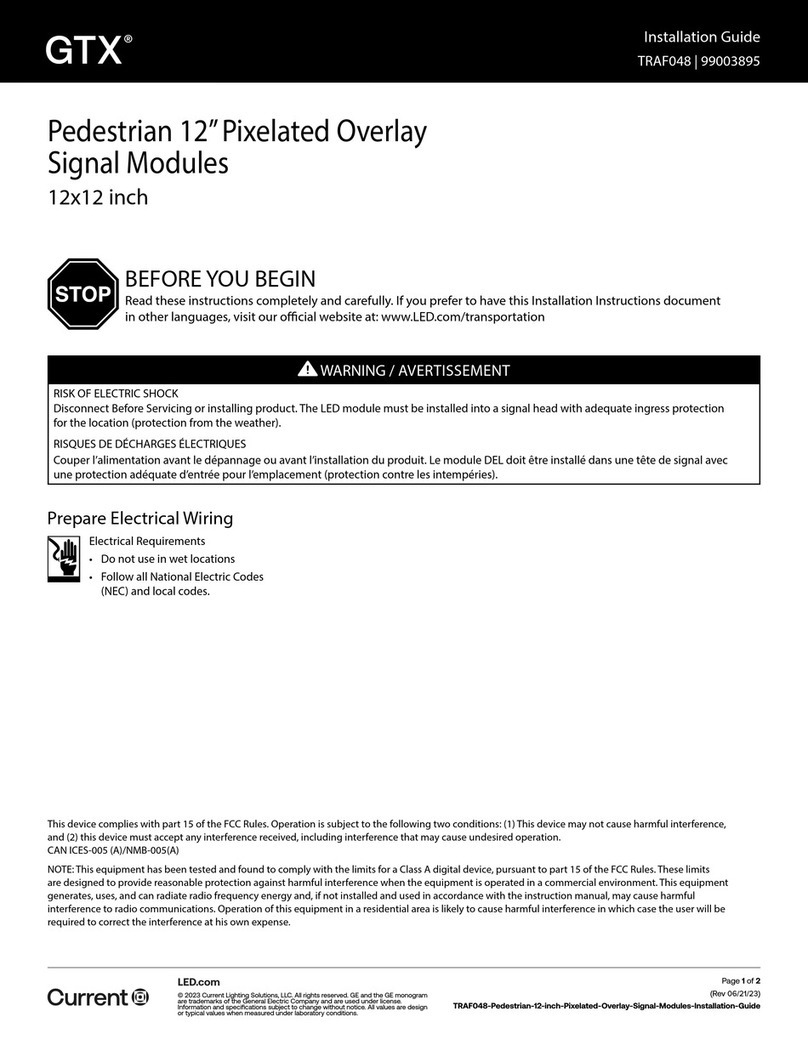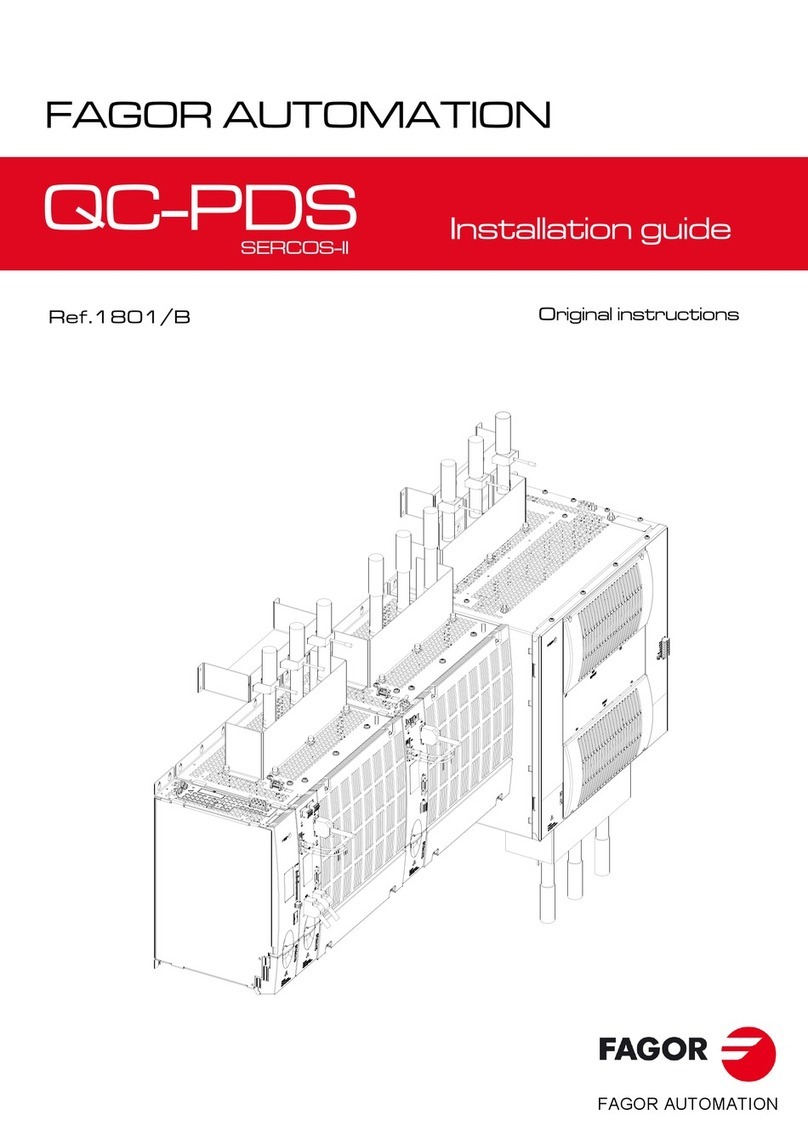OPERATIONANDSET-UP
As supplied the unit is adjusted to operate at an average nominal programme line level of 0Vu
(+4dBu) and in most cases will not need any adjustment. This is the level that a standard Vu meter
will read before going into the red (end section), therefore the operator can use the readings on the
Vu meters fitted to his mixer to be an indication of maximum permitted volume level.
To achieve the required system volume level adjust the output level of the AVC2 by using the output
pots on the rear panel. The output pot’s are accessible through small holes located between the input
and output connectors and are labelled 1 & 2,
Pot 1 is used normally to set the output level. When level 2 is selected by joining pins 7&8 on the
auxiliary connectors the output is switched via number 2 pot which should then be adjusted to provide
the second required output level.
Check the level by driving the system until the first led illuminates on the attenuation meter located on
the front panel of the AVC2 and readjusting outputs as necessary.
Black plastic snap rivets are provided to blank these holes after the initial set up. If these rivets need
to be removed lift the head by prising with a thin object - finger and thumb nails will usually suffice.
Always refit the snap rivets after adjustments are complete.
For different applications the unit may be set to operate at different levels by internal adjustments.
See later section INTERNAL ADJUSTMENTS.
The “AVC2” is slow acting to differentiate between dynamic peaks of music and an increase in aver-
age level. Bear this in mind when making adjustments.
INTERNAL ADJUSTMENTS
Do not attempt to make any internal adjustments unless you are qualified to do so and you know what
you are doing.
ALWAYS DISCONNECT POWER BEFORE REMOVING COVERS.
Access is gained by removing the top cover. Remove 3 screws from either side of the case. Remove
2 screws from the top and lift top cover off.
When the adjustments are completed refit the case top.
FIG 1.A. Shows the position of the range setting jump plug. This sets high and low operating ranges
for the unit.
FIG 1.B. Shows the position of the sensitivity adjustment preset. This is a multi-turn preset. Use this
if you wish to change the operating threshold of the unit. Use in conjunction with the range setting
jump plug to increase or decrease the sensitivity of the unit.
FIG 1.C. Shows the position of 2 jump plugs. These are used to select the type of control chain used
to trigger the attenuators. This may be set to linear, ‘A’ weighted or both.
The “AVC2” uses two control chains in parallel, one with a flat response and one ‘A’ weighted. The
output of the highest chain is used to control the unit. In special applications either may be selected
by setting the jump plugs as indicated on the P.C.B.
IF YOU ARE NOT SURE OR FOR GENERAL PURPOSE USE LEAVE AS FACTORY SET (BOTH).
ALL OTHER PRESETS AND JUMPERS ARE FOR ALIGNMENT AND TEST PURPOSES
AND ARE FACTORY SET. DO NOT - REPEAT - DO NOT TOUCH!
INCORRECTSETTINGOFANY INTERNAL ADJUSTMENT WILLINVALIDATETHEWARRANTY.
Page 3







